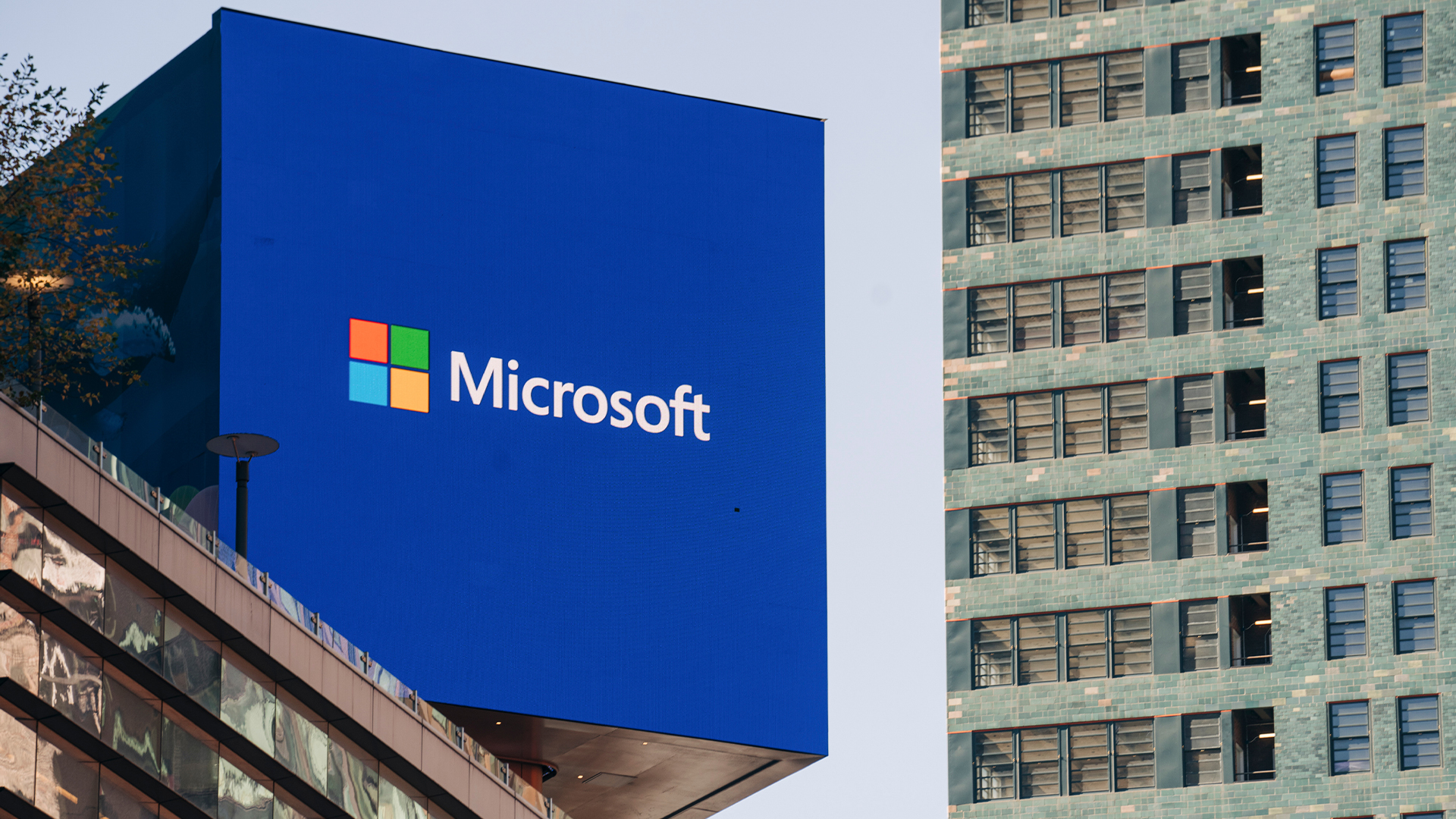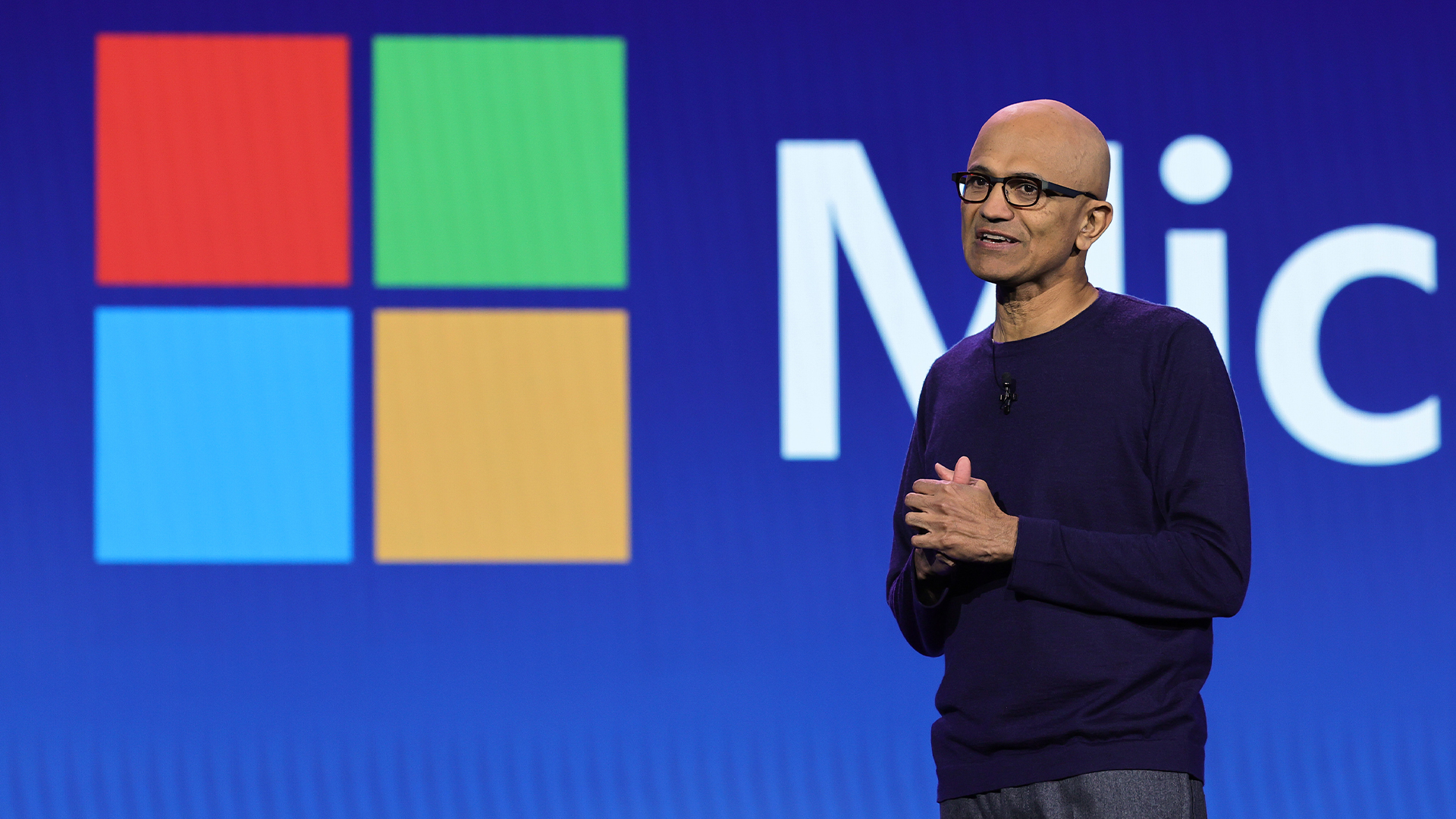Microsoft is using AI to get its nuclear projects approved in the US
Microsoft is using an AI model to help speed up the approval process on nuclear reactor projects


Microsoft is using large language models (LLMs) to expedite the approval process for nuclear power projects that will fuel its future artificial intelligence (AI) and supercomputing energy requirements.
A team at Microsoft has spent the previous six months training an AI model with US nuclear regulations and licensing documents to assist with generating paperwork for nuclear power projects, according to the Wall Street Journal.
The tech giant hopes the model will help speed up the lengthy and costly approvals process for nuclear power projects using the latest reactor technologies.
The energy demands of AI systems are expected to be a significant constraint for organizations moving forward, particularly for hyperscalers hosting data centers underpinning the biggest foundation models.
As hyperscalers grow and these models become more sophisticated and provide new functionalities, their energy demands will soar.
Microsoft’s senior director Michelle Patron said if the company wants to scale its models in a sustainable way it will need to use every weapon in its arsenal, including AI.
“If we're going to do that [grow] carbon-free, we're going to need all the tools in the tool kit,” she told the WSJ.
Sign up today and you will receive a free copy of our Future Focus 2025 report - the leading guidance on AI, cybersecurity and other IT challenges as per 700+ senior executives
Microsoft nuclear power ambitions are gathering pace
In September 2023, Microsoft made its nuclear ambitions clear by posting a job description for a ‘principal program manager for nuclear technology’.
The program manager was sought to lead a technical investigation using small modular reactors (SMRs) to provide energy for Microsoft’s AI and cloud computing data centers.
SMRs can generate around one-third of the production capacity of conventional large nuclear reactors and their smaller footprint gives added flexibility for site selection.
Its modular design also means deployment is far simpler, where manufacturing facilities can fabricate SMR units to be shipped and installed across a wide range of locations, driving down installation and design costs.
With these advantages, SMRs present a tempting value proposition for reliable green energy production, but some SMR developers in the UK have called for planning rules to be relaxed as they don’t reflect the flexibility SMRs can bring.
RELATED RESOURCE

The enterprise’s guide for Generative AI
Make the most of the opportunities GenAI offers
DOWNLOAD NOW
Microsoft faces a similar challenge in the US, with the Vogtle Unit 3 nuclear power plant that came online in July 2023 being the only nuclear power project to open since 2016.
At the moment, NuScale Power is the only SMR developer to have had its design approved by the US’s Nuclear Regulatory Commission (NRC), and the project is reported to have cost around $500 million with a 12,000 page application and two million pages of supporting documentation.
Microsoft hopes its model trained on the NRC regulatory framework will assist in producing the application quickly and for a fraction of the cost.

Solomon Klappholz is a former staff writer for ITPro and ChannelPro. He has experience writing about the technologies that facilitate industrial manufacturing, which led to him developing a particular interest in cybersecurity, IT regulation, industrial infrastructure applications, and machine learning.
-
 Trump's AI executive order could leave US in a 'regulatory vacuum'
Trump's AI executive order could leave US in a 'regulatory vacuum'News Citing a "patchwork of 50 different regulatory regimes" and "ideological bias", President Trump wants rules to be set at a federal level
-
 TPUs: Google's home advantage
TPUs: Google's home advantageITPro Podcast How does TPU v7 stack up against Nvidia's latest chips – and can Google scale AI using only its own supply?
-
 Microsoft quietly launches Fara-7B, a new 'agentic' small language model that lives on your PC — and it’s more powerful than GPT-4o
Microsoft quietly launches Fara-7B, a new 'agentic' small language model that lives on your PC — and it’s more powerful than GPT-4oNews The new Fara-7B model is designed to takeover your mouse and keyboard
-
 Microsoft is hell-bent on making Windows an ‘agentic OS’ – forgive me if I don’t want inescapable AI features shoehorned into every part of the operating system
Microsoft is hell-bent on making Windows an ‘agentic OS’ – forgive me if I don’t want inescapable AI features shoehorned into every part of the operating systemOpinion We don’t need an ‘agentic OS’ filled with pointless features, we need an operating system that works
-
 Microsoft's new Agent 365 platform is a one-stop shop for deploying, securing, and keeping tabs on AI agents
Microsoft's new Agent 365 platform is a one-stop shop for deploying, securing, and keeping tabs on AI agentsNews The new platform looks to shore up visibility and security for enterprises using AI agents
-
 'It's slop': OpenAI co-founder Andrej Karpathy pours cold water on agentic AI hype – so your jobs are safe, at least for now
'It's slop': OpenAI co-founder Andrej Karpathy pours cold water on agentic AI hype – so your jobs are safe, at least for nowNews Despite the hype surrounding agentic AI, OpenAI co-founder Andrej Karpathy isn't convinced and says there's still a long way to go until the tech delivers real benefits.
-
 This new Microsoft tool lets enterprises track internal AI adoption rates – and even how rival companies are using the technology
This new Microsoft tool lets enterprises track internal AI adoption rates – and even how rival companies are using the technologyNews Microsoft's new Benchmarks feature lets managers track and monitor internal Copilot adoption and usage rates – and even how rival companies are using the tool.
-
 Satya Nadella says “our multi-model approach goes beyond choice’ as Microsoft adds Claude AI models to 365 Copilot
Satya Nadella says “our multi-model approach goes beyond choice’ as Microsoft adds Claude AI models to 365 CopilotNews Users can choose between both OpenAI and Anthropic models in Microsoft 365 Copilot
-
 Is the honeymoon period over for Microsoft and OpenAI? Strained relations and deals with competitors spell trouble for the partnership that transformed the AI industry
Is the honeymoon period over for Microsoft and OpenAI? Strained relations and deals with competitors spell trouble for the partnership that transformed the AI industryAnalysis Microsoft and OpenAI are slowly drifting apart as both forge closer ties with respective rivals and reevaluate their long-running partnership.
-
 Microsoft says these 10 jobs are at highest risk of being upended by AI – but experts say there's nothing to worry about yet
Microsoft says these 10 jobs are at highest risk of being upended by AI – but experts say there's nothing to worry about yetNews Microsoft thinks AI is going to destroy jobs across a range of industries – while experts aren't fully convinced, maybe it's time to start preparing.
